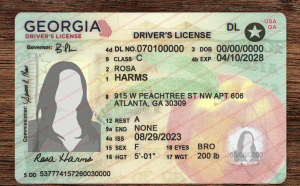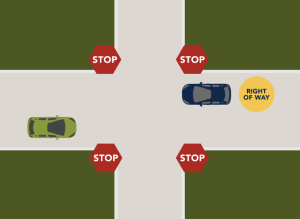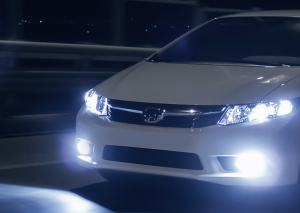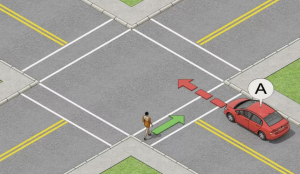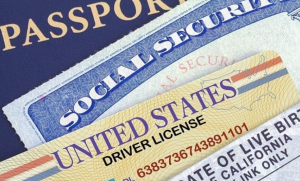A Cape Coral woman was arrested late Saturday night after a reckless driving incident on Del Prado Blvd and the Cape Coral Bridge. Police say the driver, Jana Labash, ran a red light, hit barriers, and showed signs of impairment before refusing a breath test, now a criminal offense under Florida’s new DUI law. Not only was this extremely dangerous for her but aswell as everyone around her. Instead of driving while under the influence, look for other options where someone else in a better condition is at the wheel.
At A-1 Driving Schools, their state-certified DUI courses help drivers learn from mistakes, meet legal requirements, and make safer choices on the road. Responsible driving starts with the right education. Take the first step with us today.


